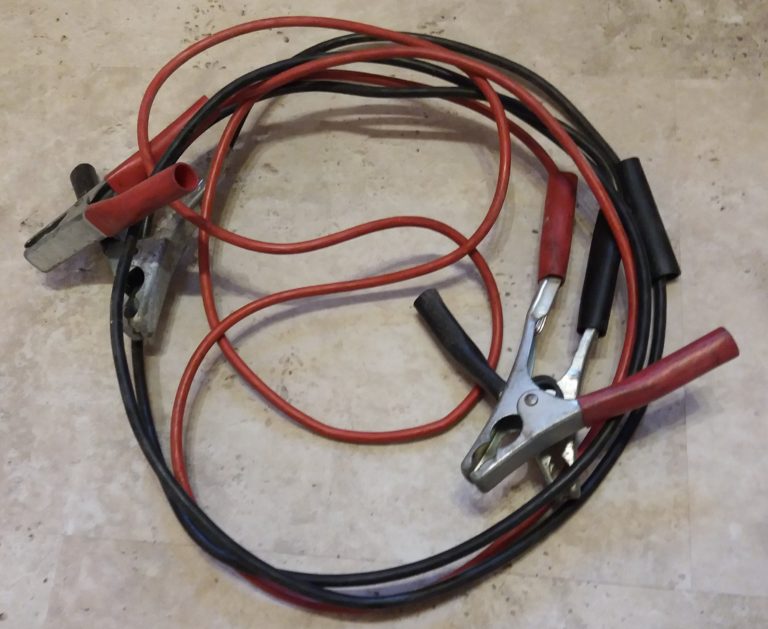Six Ways to Make Money with Cashback Sites
In this post last year I discussed cashback sites and how you can save money on your shopping by using them. Today I want to go a step further and show how you can make money from them too.
I’ll be revealing six different strategies you can use to make money via cashback sites, and specifically Quidco and Top Cashback, the Big Two in the UK. Do just bear in mind that offers on these sites change frequently, so I can’t promise that all those mentioned below will still be available when you read this – but others (possibly even better) will undoubtedly have appeared as well.
Let’s get started then…
Table of Contents
(1) Free Offers
Both Quidco and Top Cashback list offers where you can make money simply by asking for a quote or performing some other action.
For example, on Quidco you can get 50p at the time of writing just for ordering a free SIM card from GiffGaff and £6 for activating it – while on Top Cashback you can get £2.30 by requesting a quote for your car insurance from Confused.com.
To find free offers on Quidco, click on Offers in the main menu, then click on the Free Cashback tab. On Top Cashback free offers can be accessed on the right of the main menu, under the Free Money tab.
(2) Cashback Arbitrage
This is my name for offers where you get more cashback than you actually spend with the retailer, giving a guaranteed profit overall.
This type of offer is mainly the province of online bingo and gambling sites. They clearly hope that once you’ve joined you’ll carry on playing even after you have met the minimum requirement for cashback. So if you think you might be drawn into gambling, you may prefer to give these offers a miss.
Nonetheless, there are some great, guaranteed money-making opportunities out there if you apply them correctly. For example, if you join Gala Bingo via Quidco and deposit and wager £10, you will get £60 cashback. That’s £50 clear profit, and more if you make any money from your wagering.
Top Cashback have a range of offers, including £20 cashback if you deposit and bet £10 on the Betfair betting exchange (new customers only).
(3) Utilities and Comparison Sites
If you’re thinking of switching your energy or telecoms supplier, there is free money to be made on cashback sites.
Both Quidco and Top Cashback list comparison services who will pay cashback if you switch suppliers through them. For example, if you join uSwitch via Quidco and change energy supplier through them, you will currently get £15 cashback for a single fuel and £36 (recently increased from £30) for duel fuel.
Alternatively, if you know the supplier you want to switch to, you may be able to get cashback from them. On Top Cashback you can get up to £100 if you switch to a duel fuel deal with npower, or £68.25 with British Gas.
There are also some great cashback offers if you want to switch telecoms/broadband provider. For example, on Top Cashback, BT Broadband are currently offering new customers up to £175 cashback if they sign up for their broadband, phone and TV service.
(4) Financial Services
You can also get free money by applying for a credit card through a cashback site or starting an ISA or pension through them.
On Top Cashback you can currently get £52.50 cashback if you apply for a Tesco Premium credit card (and are accepted). Also on Top Cashback you can get up to £255 cashback if you sign up for an ISA (Individual Savings Account) with Scottish Friendly.
And on Quidco you can get £55 cashback if you transfer a pension of £2,000 or over to PensionBee, an online pension management service.
Clearly before applying for any financial product or service you should research it carefully and ensure it will meet your needs. Nobody should make financial decisions based solely on the cashback available. Nonetheless, if this is a service that meets your needs, you may as well grab the cashback too.
(5) Events and Promotions
Both Quidco and Top Cashback regularly run special events and promotions to encourage people to check out their offers, with prizes including cash and free draw entries.
The promotions typically tie in with times of year, e.g. Valentine’s Day, Halloween and Christmas. These are basically a bit of fun, but worth doing if you have the time, as they are free to enter.
(6) Introducing Others
Finally, you can make money by introducing friends and family to these sites. Offers change from time to time, but typically you are paid between £5 and £15 when someone joins via your link and earns cashback themselves. You may get more commission if you are a premium member. Disclosure: The links in this post are affiliate links, so if you click through and sign up with Quidco or Top Cashback, I will get a small commission.
In conclusion, I hope this post and my previous one have opened your eyes to the money-saving and money-making potential of cashback sites. Sign up to both sites today and start building your cashback over the coming weeks and months!











